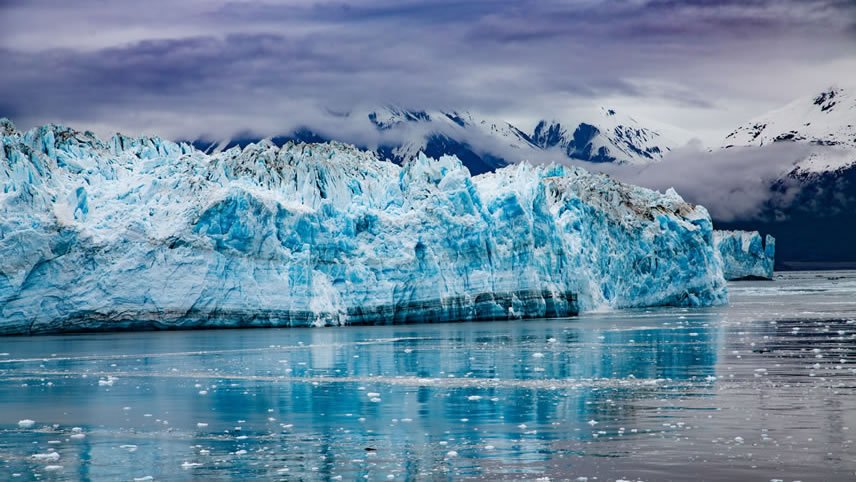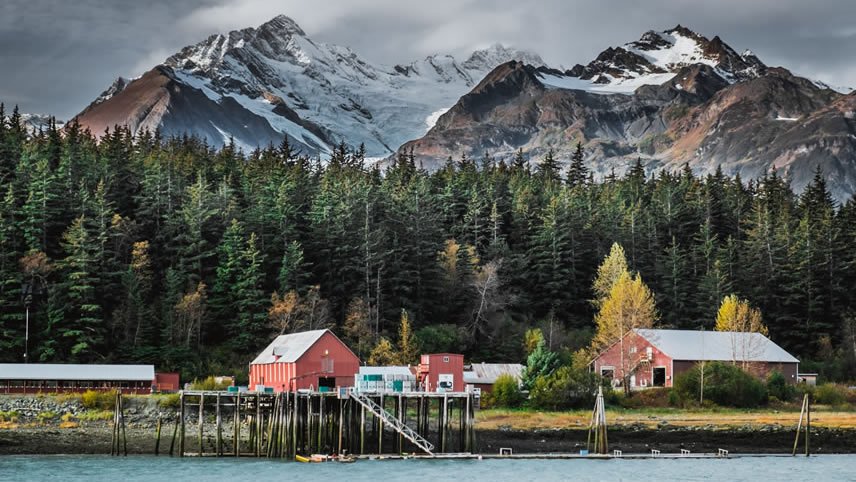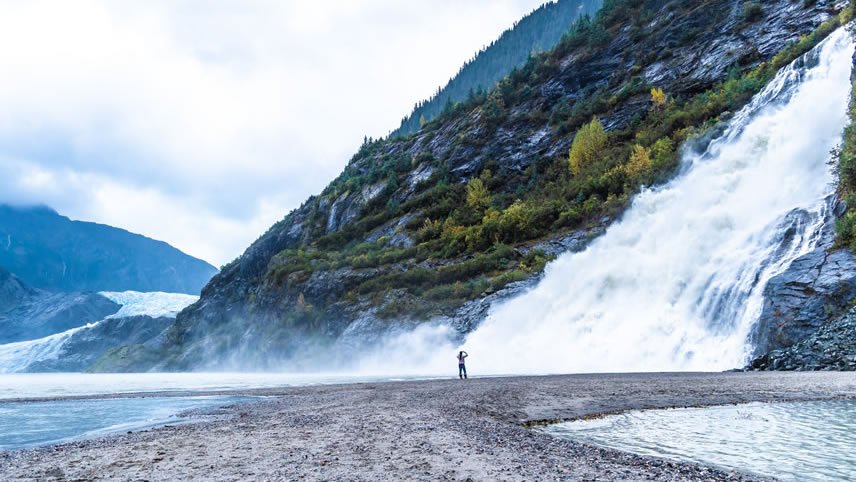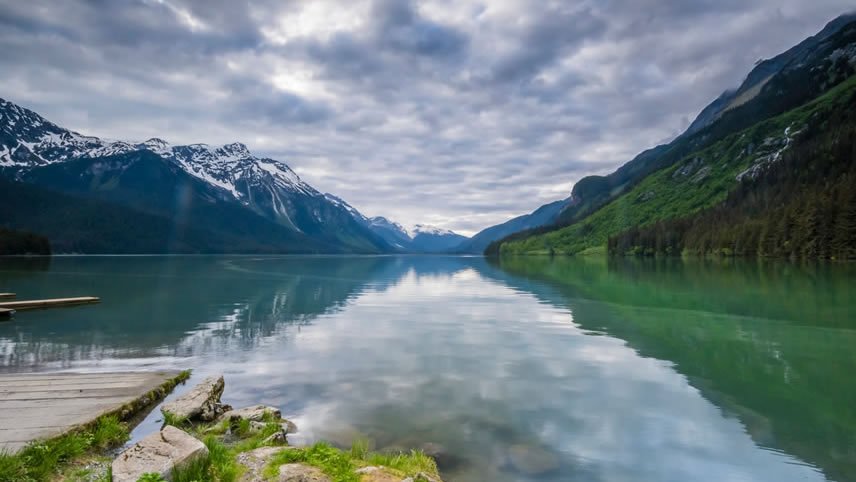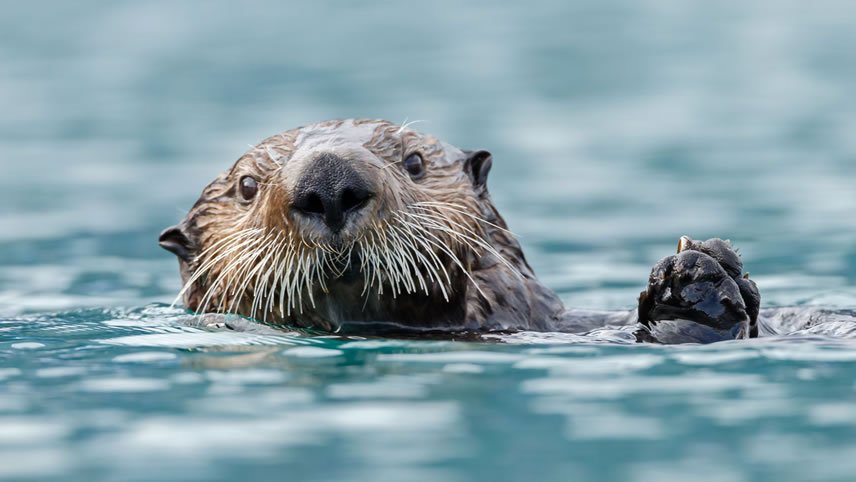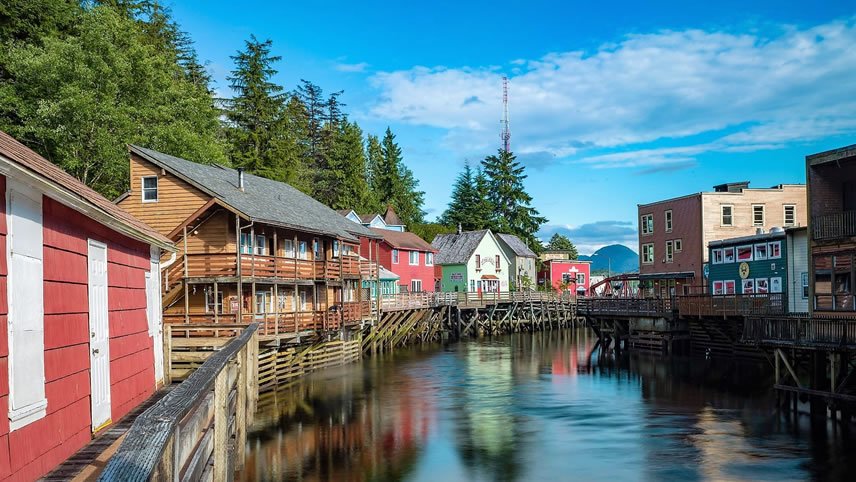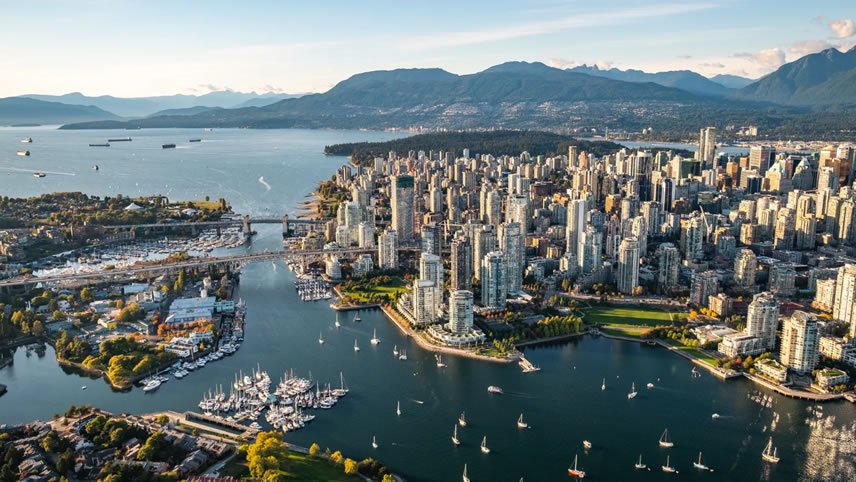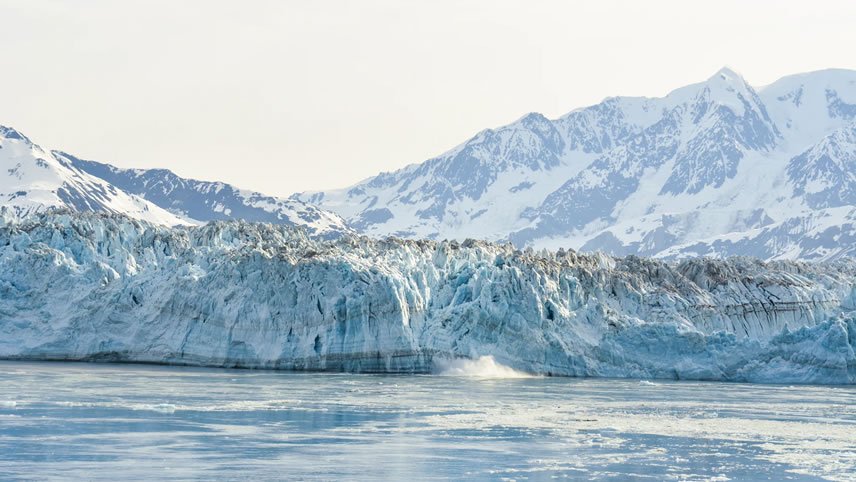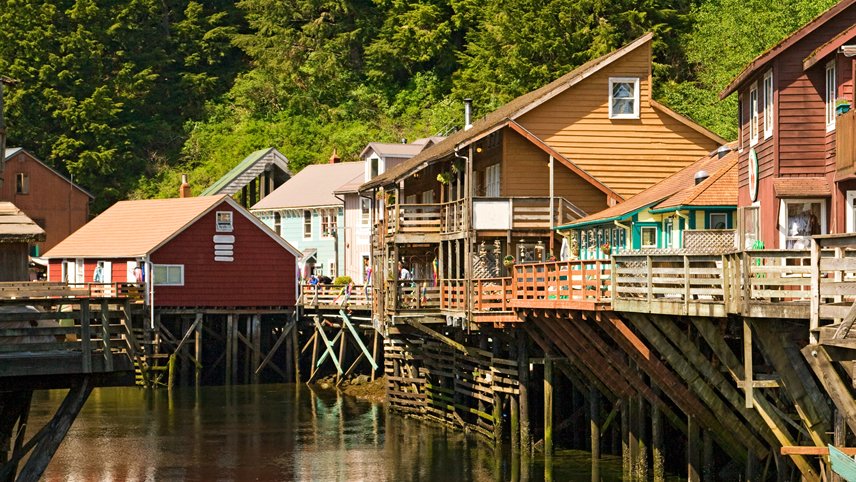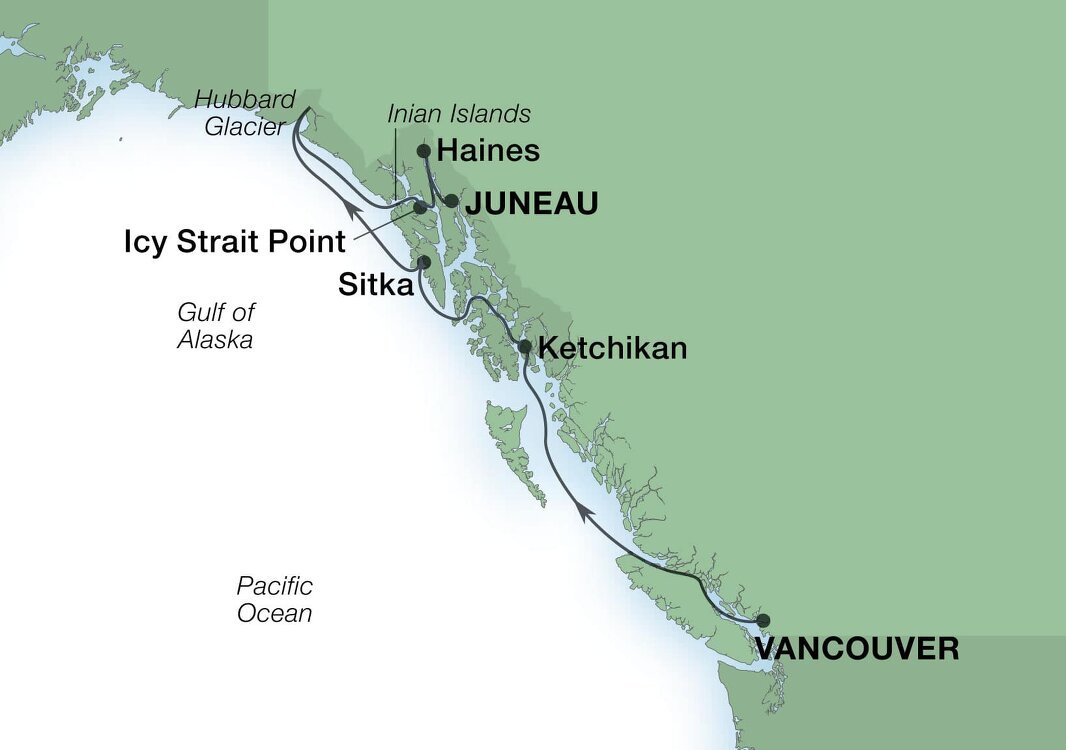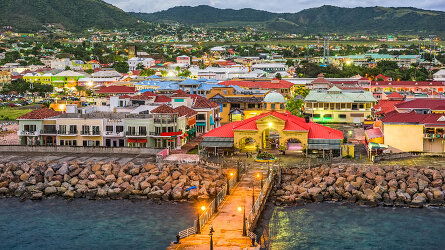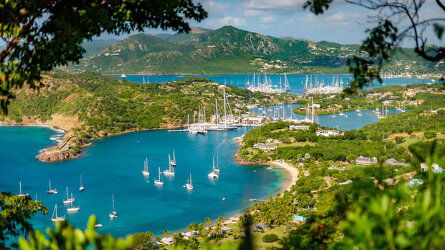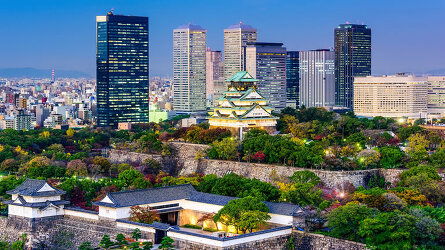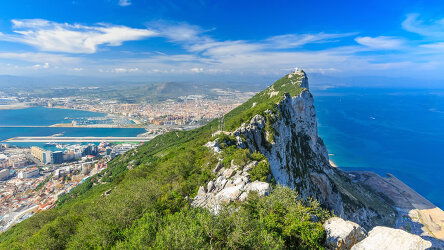Overview
Cruise Itinerary
Vancouver is the ideal home port to begin or end an Alaskan adventure. Blessed with stunning vistas and exciting activities, Vancouver offers the perfect blend of urban and natural experiences. Vancouver is a must for any cruise itinerary, and because it's a compact, walkable city right on the edge of nature, adding on just a couple of extra days to explore will give you an authentic taste of what makes this place so attractive to visitors.
Located in the heart of Vancouver’s waterfront, 'Canada Place' (cruise terminal) can service up to three luxury cruise ships at any given time.
The Seymour Narrows is a 3-mile/5 km stretch of the Discovery Channel north of Vancouver Island, British Columbia that is notorious for the strength of the tidal currents flowing through it. The average width of the narrows is just 750 meters. During extreme tides, the current through the narrows is subject to severe Venturi effect, resulting in an increased velocity that can reach 15 knots.
For much of its modern history, there was an additional hazard in the narrows called Ripple Rock, a shallow obstruction that claimed no fewer than 119 ships and 114 lives. In 1958, after months of tunneling and preparation, Ripple Rock was blown up in the largest commercial, non-nuclear explosion ever recorded in North America. Still, the navigation of Seymour Narrows is dependent on tidal and other conditions, and requires skill and technical accomplishment.
The Queen Charlotte Sound lies between the Queen Charlotte Strait, which winds between Vancouver Island and the British Columbia mainland in the south, and Hecate Strait, which is northward, adjacent to the Haida Gwaii Islands off the Pacific coast of British Columbia. It is a broad reach in the long shipping route called the Inside Passage threading the myriad islands stretching from Washington’s Puget Sound to Alaska.
Ketchikan sits at the southern end of Alaska’s Inside Passage - the canned salmon capital of the world, it’s a hub for fishing and outdoor sports. It’s also home to three tribes of Northwest Coast Indians, making it a great place to get a taste for the local culture.
Top Things to Do in Ketchikan:
- visit Totem Bight State Park
- venture past the town limits into Tongass National Forest
- visit Ketchikan's own Saxman Native Village
- a myriad of outdoor adventures from fishing to zip-lining!
In the passage between Sumner Strait and Clarence Strait in Southeast Alaska’s Alexander Archipelago, midway between Price of Wales Island on the west and Zarembo Island on the east, is a small cluster of islands with a picturesque passageway between them called Snow Pass. It makes a scenic up-close route for your Seabourn ship during the transit.
Decision Passage is the western end of the Sumner Strait, which runs through the Alexander Archipelago into the Pacific Ocean in Southeastern Alaska, bounded on the north by Kuiu Island and Cape Decision, the location of a 1932 lighthouse. This is the route your ship takes when coming from or going to the colorful historic community of Sitka on the west coast of Baranof Island, which was originally the Russian fortress town of New Archangel.
Sitka is nestled on the west side of Baranof Island. As the east is covered with snowcapped mountains and the west is surrounded by the Pacific Ocean, recreational fishing and hiking have become what Sitka is most famous for. As well as their historical landmarks, picturesque views and authentic dining experiences.
Top Things to Do in Sitka:
- visit Sitka Totem Park, home to authentic Tlingit and Haida totem poles nestled in a rainforest of giant Sitka spruce trees
- hike through the Starrigavan with plenty of bird and wildlife viewing opportunities
- explore Sitka via kayak
Yakutat Bay is 18 miles wide at its entry, and cuts from the Gulf of Alaska into Disenchantment Bay, the entryway to the huge Hubbard Glacier, North America’s largest tidewater glacier. As the bay narrows and the shorelines draw closer, the 400-foot face of the glacier exerts a luminous, ghostly presence, often from as much as 30 miles away. More and more floating ice dimples the surface of the water, and seals bob up and disappear again.
The chilled air from the glacier flows in a downdraft of cold that gives rise to mists and gray clouds, through which the vivid blue of the ice wall shimmers. It is an impressive sight of nature’s immense raw workplace, shaping the earth itself as part of an endless cycle of water from the sea evaporating to the sky, falling as snow on the heights and inching over centuries back again to the sea.
Off the coast of Yakutat - 200 miles North West of Juneau - Hubbard is certainly gigantic: it's more than 9km/6mi wide where it meets the ocean. The face is over 100m/350ft tall, and icebergs 3 to 4 stories in height aren’t uncommon.
Granted, most of that ice is below water, but the ice can be so thick that cruise ships can’t get too close. In the right conditions, however, your ship might be able to get within 1km/0.5mi of the face. The strong currents and riptides that flow between Gilbert Point and the face of the glacier cause calving to occur on a daily basis, sending massive chunks of ice crashing into Disenchantment Bay.
But don't be fooled, Hubbard Glacier stands strong and is advancing so fast its earned the title "The Galloping Glacier".
As the gatekeepers to the northern entrance of the fabled Inside Passage, the remote Inian Islands stand between Cross Sound and Icy Strait, exposed to the high energy seas of the Pacific Ocean. Tidal currents surging through the narrow channels separating the islands can be severe. Nicknames like ‘The Laundry Chute’ justify their notorious reputations.
Due to their location, the Inian Islands benefit from the nutrient-rich waters flowing in from the Pacific Ocean, supporting a diverse ecosystem. Visitors to the islands can enjoy spectacular wildlife viewing, with opportunities to see sea otters, seals, sea lions, and humpback whales.
Icy Strait Point, near the Tlingit village of Hoonah, blends adventure with Alaska's heritage. Whale watching is unparalleled here, with frequent sightings of humpbacks and orcas. The world’s largest zip line offers breathtaking forest and ocean views. Explore restored cannery buildings housing exhibits, local crafts, and fresh seafood. Guided tours delve into Tlingit culture, highlighting storytelling and traditional dances. Nature trails reveal serene coastal beauty and diverse wildlife.
Haines, Alaska, nestled along the shores of the picturesque Lynn Canal, is a small town known for its stunning natural landscapes and rich cultural history. It offers a quieter, more reflective alternative to the nearby bustling ports. Haines is renowned for its artistic community and the fascinating local heritage displayed at the Sheldon Museum and Cultural Center, which provides insights into the Tlingit culture and the pioneering days.
Outdoor enthusiasts will find Haines irresistible with opportunities for wildlife viewing, especially bald eagles at the Chilkat Bald Eagle Preserve, which hosts one of the world's largest concentrations of bald eagles. Hiking, fishing, and kayaking are also popular, allowing visitors to immerse themselves in the tranquil beauty of Alaska’s wilderness.
Lynn Canal is a 90-mile long inlet into Alaska’s coast running from the Chilkat River in the north to the Chatham Strait and Stephens Passage in the south. Because it connects the towns of Skagway and Haines to Juneau and the rest of the Inside Passage, it is an important shipping lane for ferries, cargo and cruise ships, and was a crucial passageway to the Klondike gold fields during the Gold Rush. It was discovered by Joseph Whidbey in 1794 and named by George Vancouver after his birthplace, King’s Lynn in Norfolk, England. More than 2,000 feet in depth, it is one of the deepest and longest fjords in the world, and the deepest in North America outside Greenland.
Juno, commonly known as Juneau, is the capital city of Alaska. Only accessible by sea or air, Juneau's history, culture, and topography have resulted in many interesting activities for visitors to enjoy, all in the heart of Alaska's majestic mountains, rivers, glaciers, and forests.
Top Things to Do in and around Juneau:
- dog sledding
- explore the gorgeous Mendenhall Glacier
- whale watching
- Alaskan Halibut fishing
Life Onboard Seabourn Quest
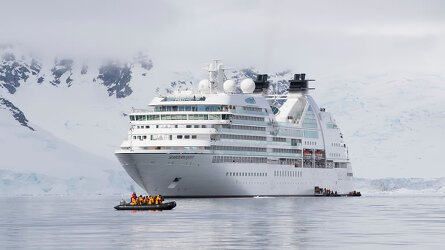
Feel the intimacy of ultra luxe small ship cruising, with your choice of just 229 spacious ocean facing suites. Read more
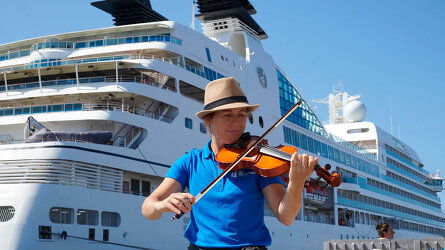
Seabourn pride themselves on their exceptionally sincere and intuitive service; your every need is anticipated. Read more
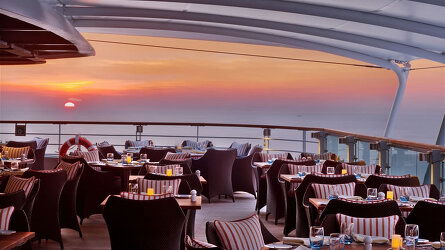
Serving freshly prepared meals á la minute with the finest ingredients and wines, your dining and beverages are complimentary. Read more

Specialist lectures and cooking demonstrations fill your days while your nights are for live shows and lots of dancing. Read more

Join the fleet-wide Mindful Living Program, the exclusive holistic spa and wellness experience that enhances your well-being. Read more
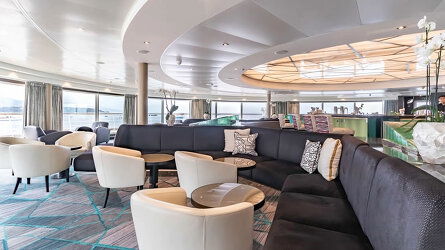
Floor to ceiling windows and graceful curved walls encourage natural light inside, while outside the endless views take your gaze. Read more

Brochure
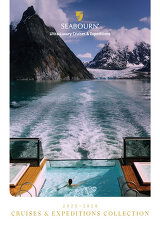
Seabourn Ultra-Luxury Cruises & Expeditions (2025-26)
Availability
 USD
Port charges, taxes and fees included.
USD
Port charges, taxes and fees included.
Tour & cruises prices are per person. Prices shown have savings applied, are subject to availability and may be withdrawn at any time without notice. Pricing and trip details are correct at this point in time, however are subject to confirmation at the time of booking and are subject to change by Seabourn. For cruise itineraries, cabin images are sourced from Seabourn. These should be treated as indicative only. Cabin inclusions, upholsteries and room layout may differ to the image(s) shown depending on the ship selected and your sailing dates.

